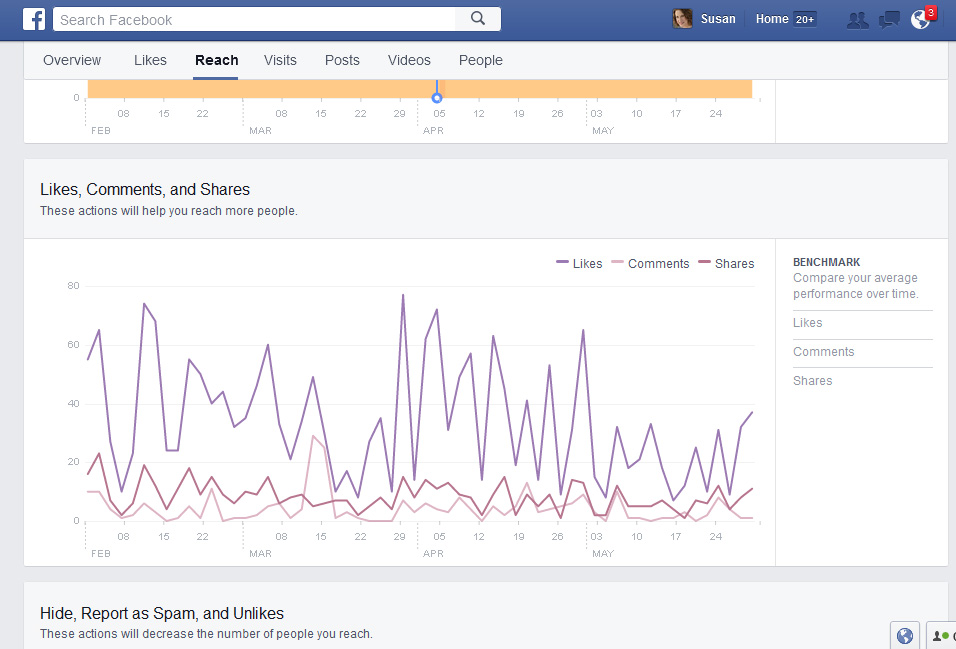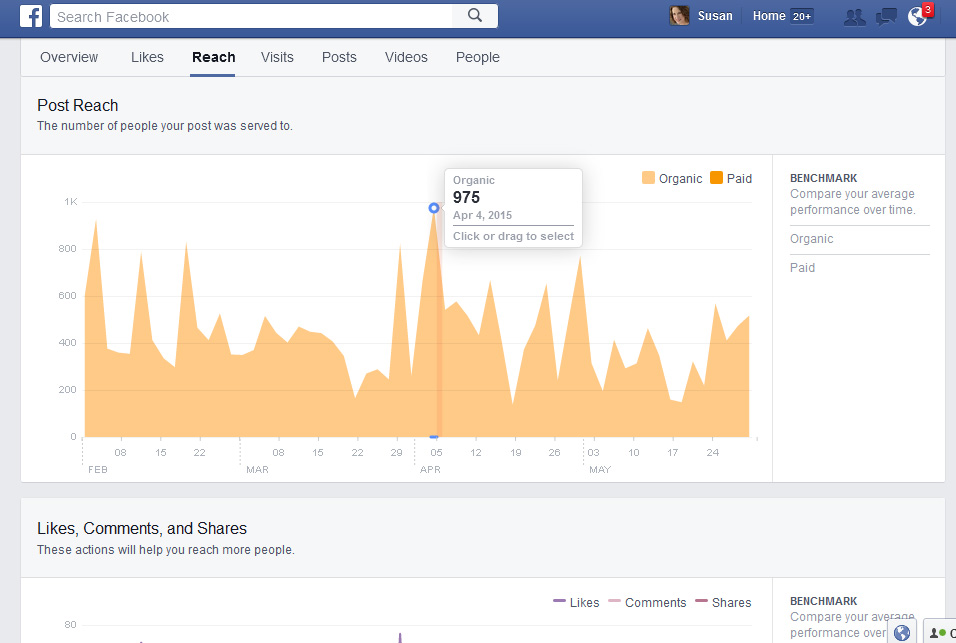Each client that comes along has a particular goal. Although you may think “sales” is the goal, not every business needs to work at that. If they have the right business model or product, sales may just happen naturally. A bakery or dry cleaners which may be the only game in town, may sell consistently without the need to promote.
However, a service-based business definitely needs to advertise, so Google searchers or local customers can choose one business over another.
Most of my clients depend on their website to provide the detailed information prospects want to read before buying in.
Today, social media is playing a big role in helping businesses and creatives generate sales instantly. Advertising a product can be so effective in attracting new customers, sales may be generated and the customer went right from seeing it on social media to the store (online or in-store) to purchase it, totally bypassing the business website.
I know this is true because I did it myself just yesterday. A friend posted a new artwork and another suggested it would make a great t-shirt and I agreed. He created the product that evening and posted the link to order it, and I bought it instantly.
The reason I bring this topic up is because in the past I have tracked Google Analytics and paid close attention to social media, but in as far as whether it’s drawing traffic to websites. We’ve been told that the website is the nucleus of a business and everything revolves around the site (email marketing and social media).
I hadn’t really studied social media and tracked the data within. As long as the likes, comments and shares come in, I assume all is good. But a client who needs social media help asked if I had tracked a business over time in social media (specifically Facebook and Instagram).
I thought a great place to begin collecting data, was to ask within one of my groups on Facebook, Jersey City Artists, how many promoted themselves in these ways:
- Through a website
- Through a Facebook Fan page only
- Their Facebook profile only
- Instagram only
- Any or all of the above
And asked them if it was effective and which combination.
37 artists responded and here are the results:
- 26 artists have their own website
- 22 have a facebook fan page for their art
- 10 use only their Facebook profile page
- A handful were on Instagram
I was pleasantly surprised to see that most had a website and were using a fan page. This is so important for their online presence, and they believe it really makes a difference in their work being seen, appreciated and purchased. Those that only use their profile, are not using the web to their advantage. Unless you’ve marked your profile to be “public,” no one except your friends can see what you post. (No one else on Facebook or anyone outside of Facebook.)
I decided to look at the data on Facebook for Frogs Are Green, when I was posting the most; promoting the three gallery exhibitions of International Children’s Frog Art this past Spring. The data below reflects February 1-May 31, 2015.



One thing I see right away is that the likes, shares and comments can be hit or miss depending on how great an image is. Also a post without an image fails. I also see that I definitely need to add a url link to something in posts going forward, because we’re not seeing click-throughs.
I will continue to monitor the page as we’re gearing up for the high-traffic Fall season (and new contests)!
I welcome your comments below!


Generating Sales and Tracking Social Media Itself
Each client that comes along has a particular goal. Although you may think “sales” is the goal, not every business needs to work at that. If they have the right business model or product, sales may just happen naturally. A bakery or dry cleaners which may be the only game in town, may sell consistently without the need to promote.
However, a service-based business definitely needs to advertise, so Google searchers or local customers can choose one business over another.
Most of my clients depend on their website to provide the detailed information prospects want to read before buying in.
Today, social media is playing a big role in helping businesses and creatives generate sales instantly. Advertising a product can be so effective in attracting new customers, sales may be generated and the customer went right from seeing it on social media to the store (online or in-store) to purchase it, totally bypassing the business website.
I know this is true because I did it myself just yesterday. A friend posted a new artwork and another suggested it would make a great t-shirt and I agreed. He created the product that evening and posted the link to order it, and I bought it instantly.
The reason I bring this topic up is because in the past I have tracked Google Analytics and paid close attention to social media, but in as far as whether it’s drawing traffic to websites. We’ve been told that the website is the nucleus of a business and everything revolves around the site (email marketing and social media).
I hadn’t really studied social media and tracked the data within. As long as the likes, comments and shares come in, I assume all is good. But a client who needs social media help asked if I had tracked a business over time in social media (specifically Facebook and Instagram).
I thought a great place to begin collecting data, was to ask within one of my groups on Facebook, Jersey City Artists, how many promoted themselves in these ways:
And asked them if it was effective and which combination.
37 artists responded and here are the results:
I was pleasantly surprised to see that most had a website and were using a fan page. This is so important for their online presence, and they believe it really makes a difference in their work being seen, appreciated and purchased. Those that only use their profile, are not using the web to their advantage. Unless you’ve marked your profile to be “public,” no one except your friends can see what you post. (No one else on Facebook or anyone outside of Facebook.)
I decided to look at the data on Facebook for Frogs Are Green, when I was posting the most; promoting the three gallery exhibitions of International Children’s Frog Art this past Spring. The data below reflects February 1-May 31, 2015.
One thing I see right away is that the likes, shares and comments can be hit or miss depending on how great an image is. Also a post without an image fails. I also see that I definitely need to add a url link to something in posts going forward, because we’re not seeing click-throughs.
I will continue to monitor the page as we’re gearing up for the high-traffic Fall season (and new contests)!
I welcome your comments below!